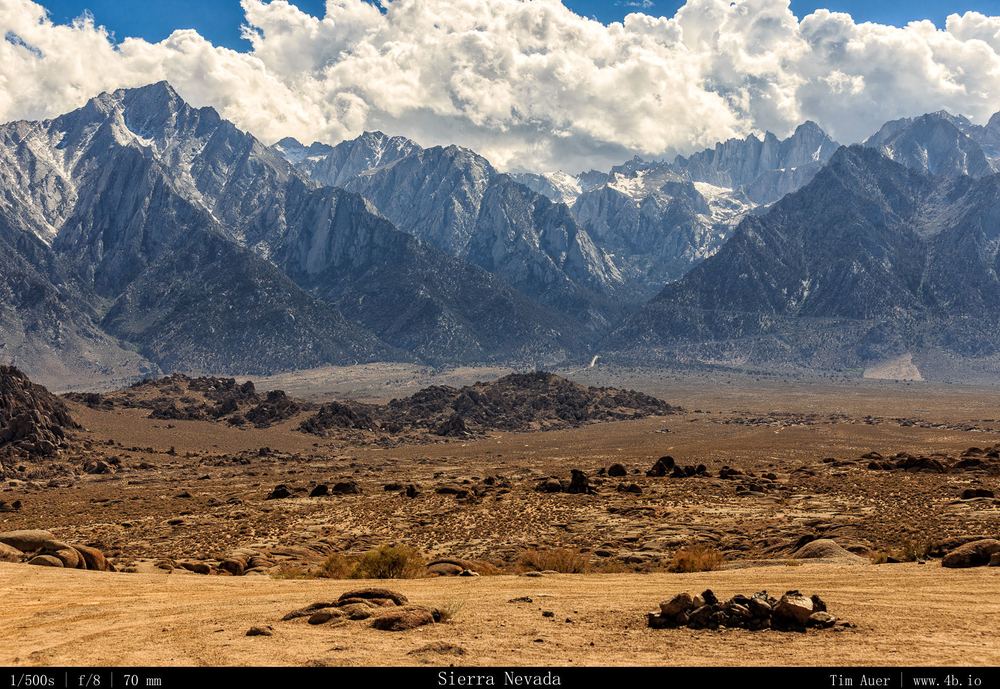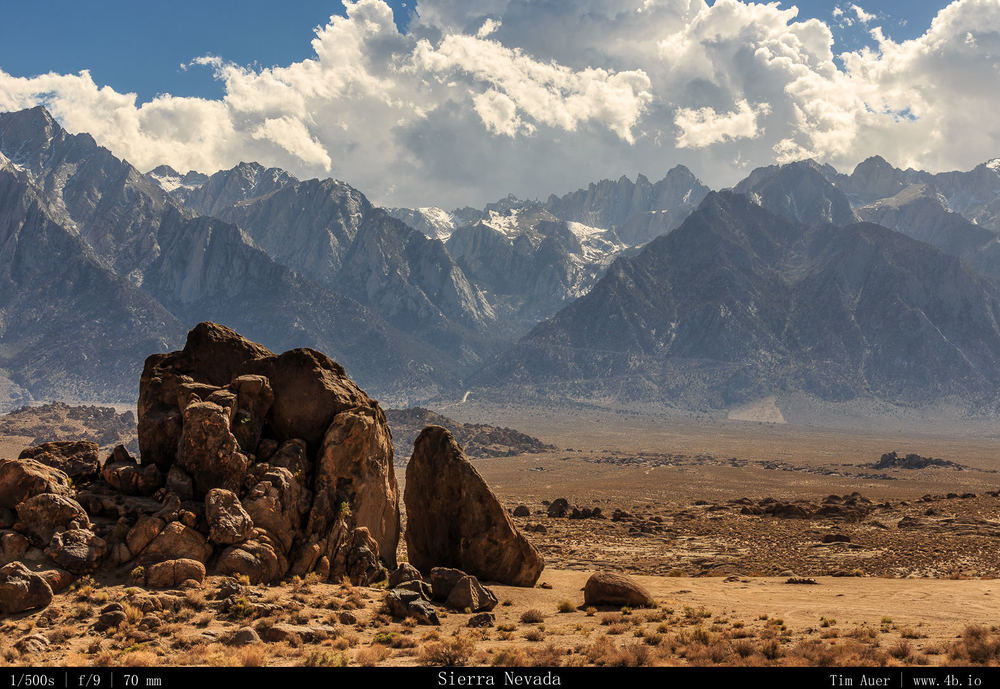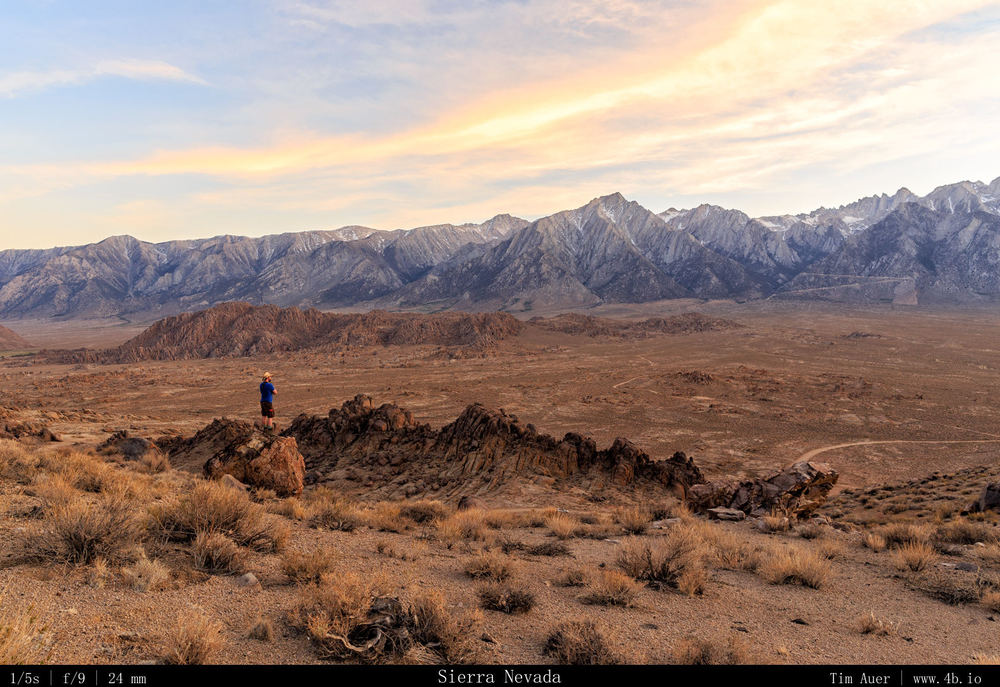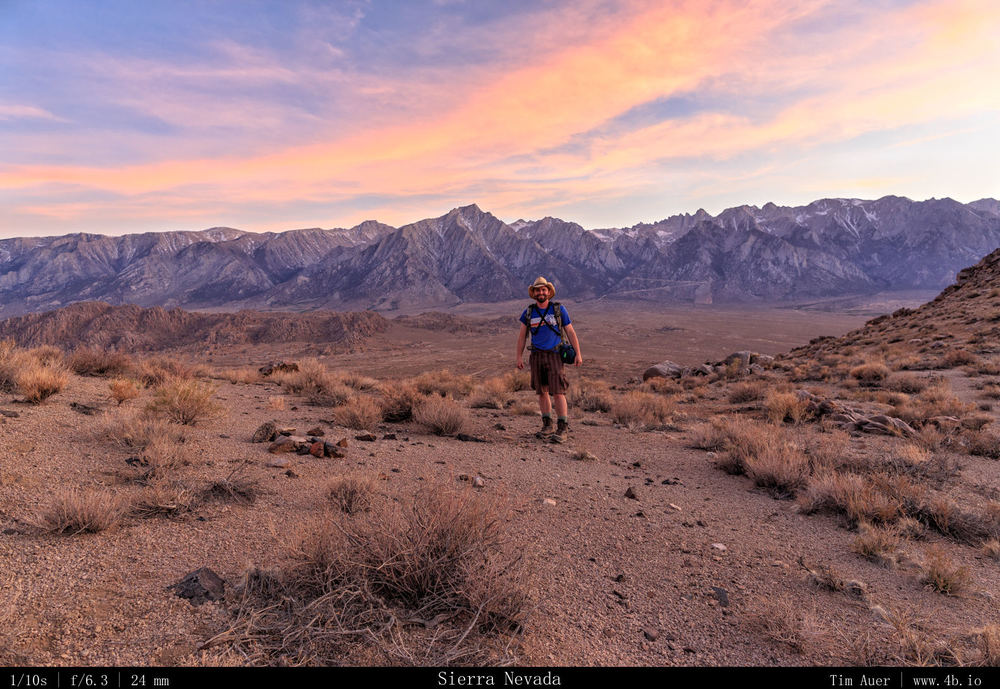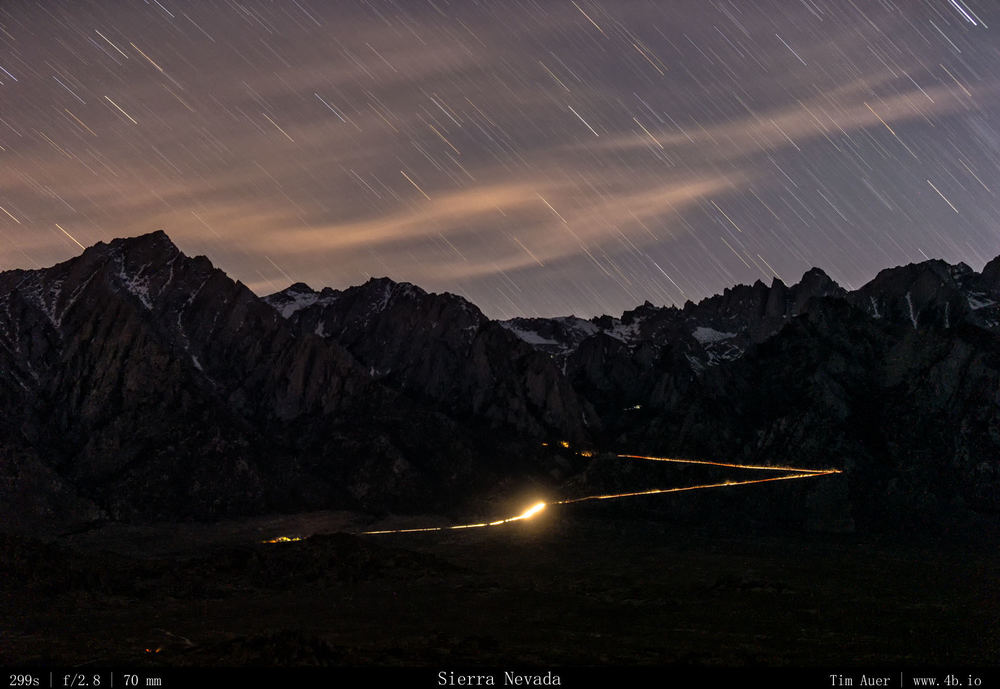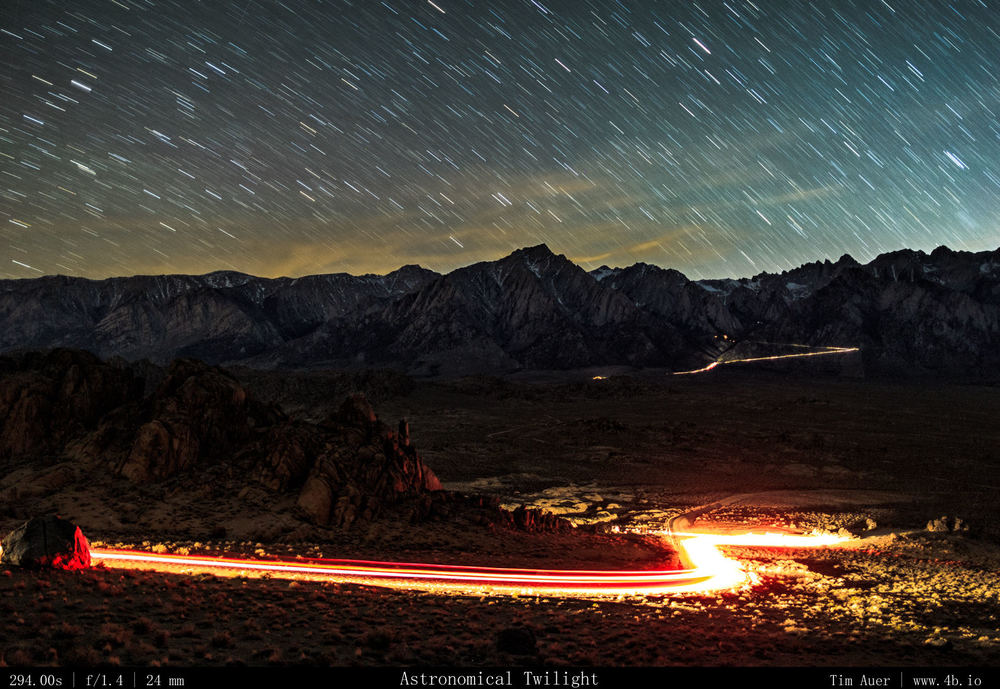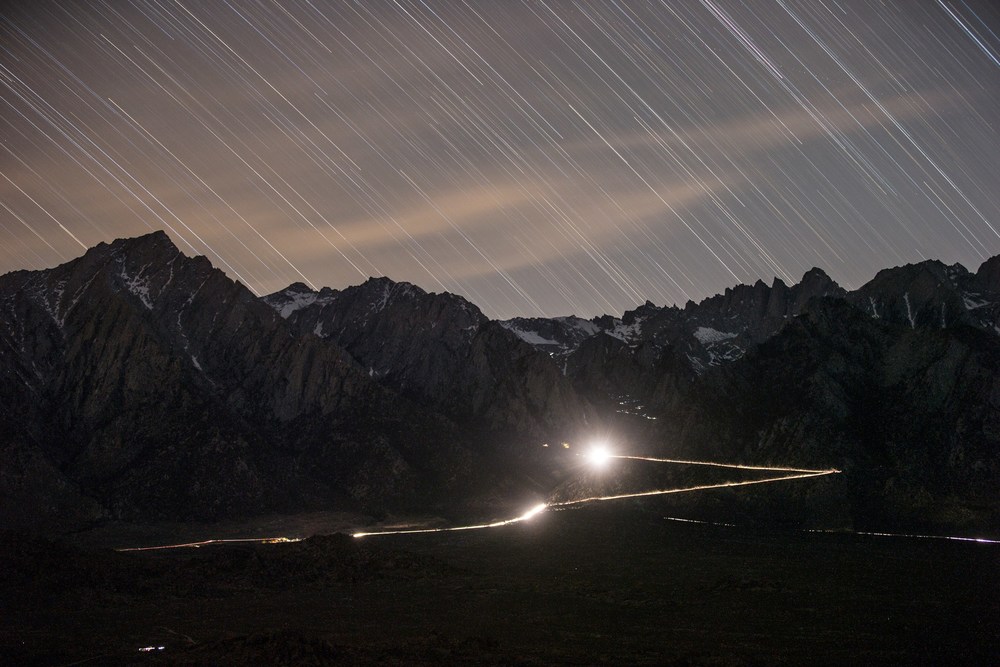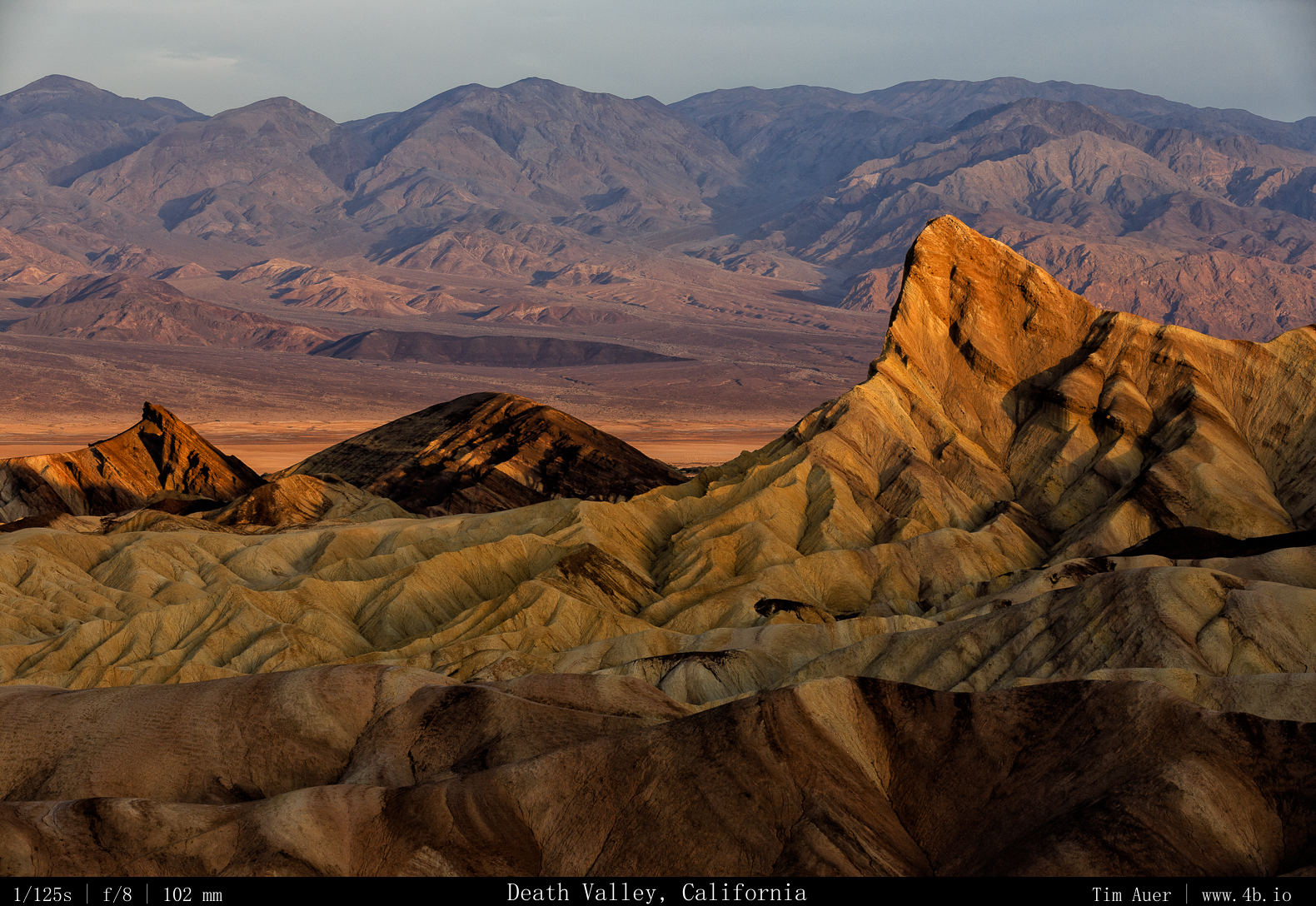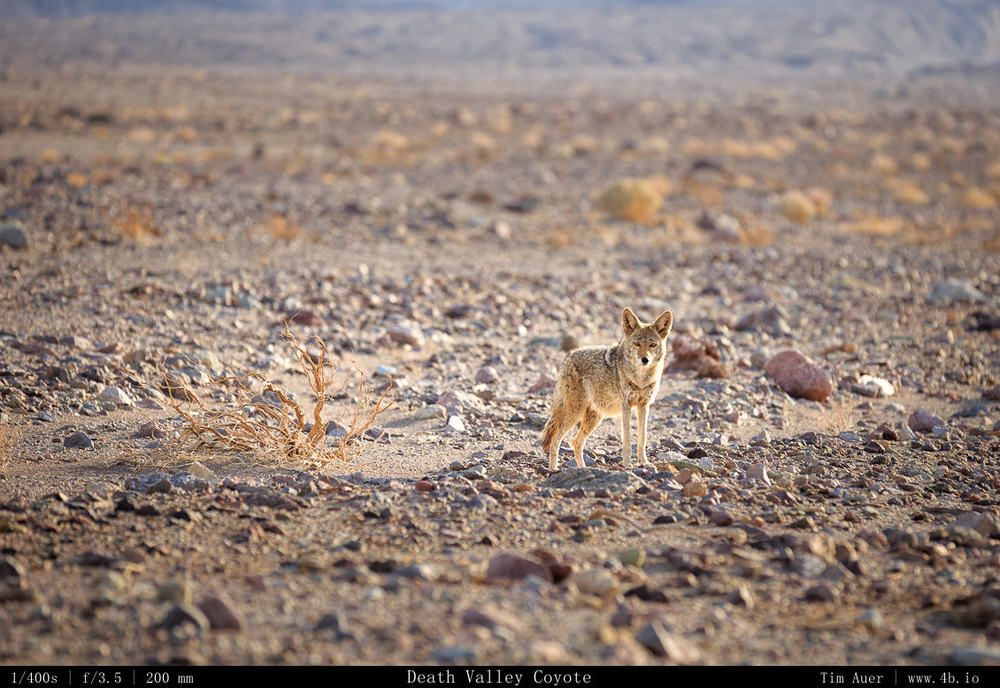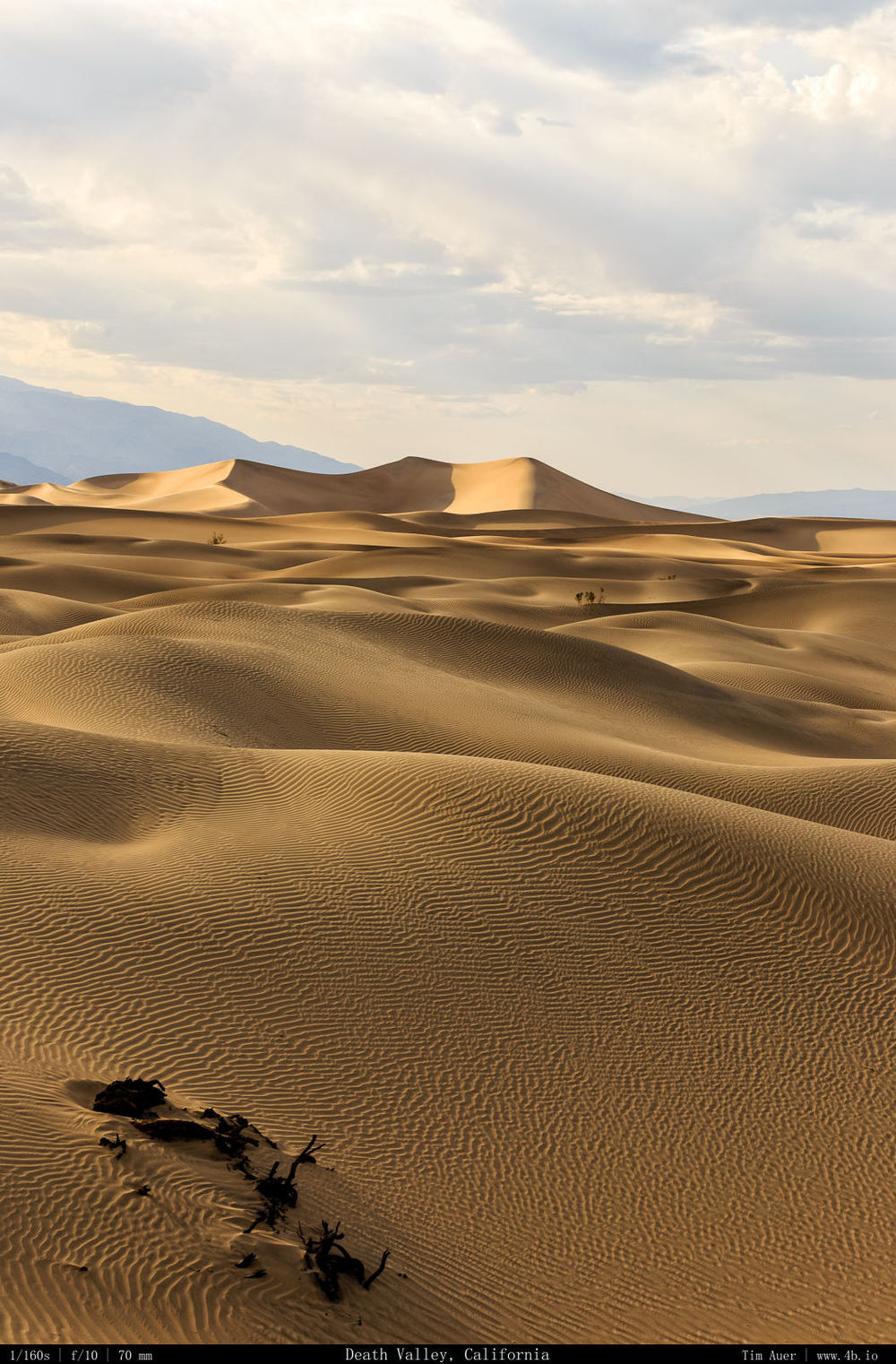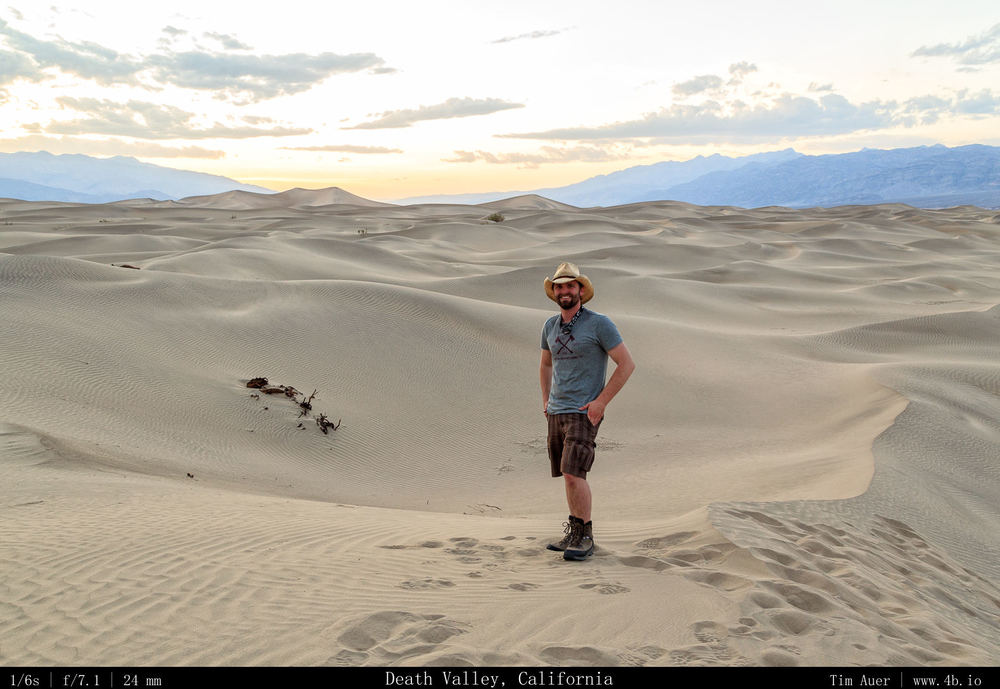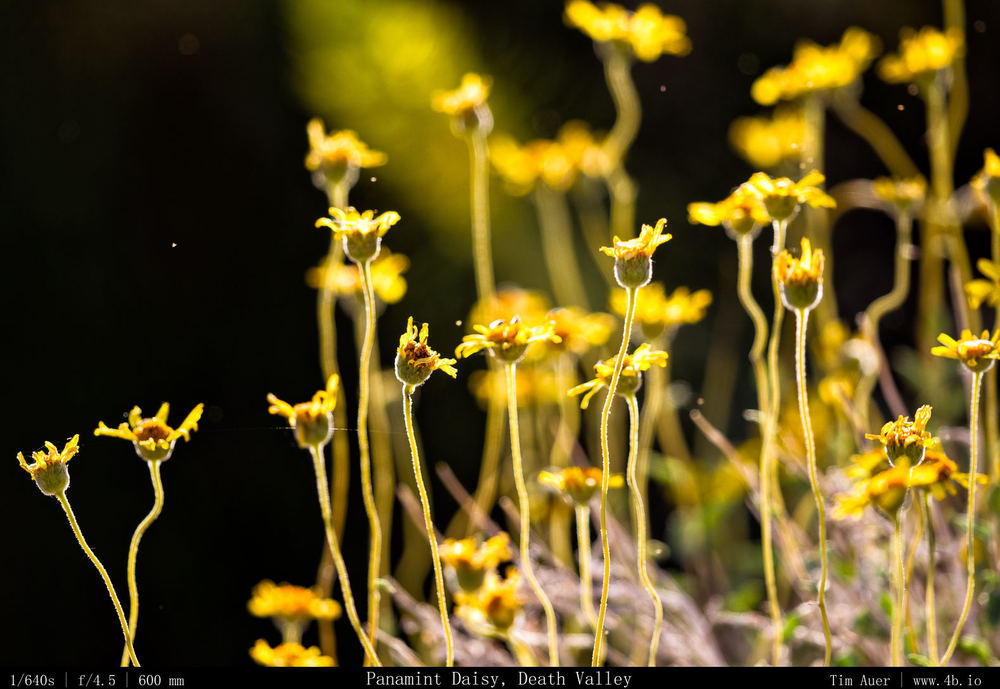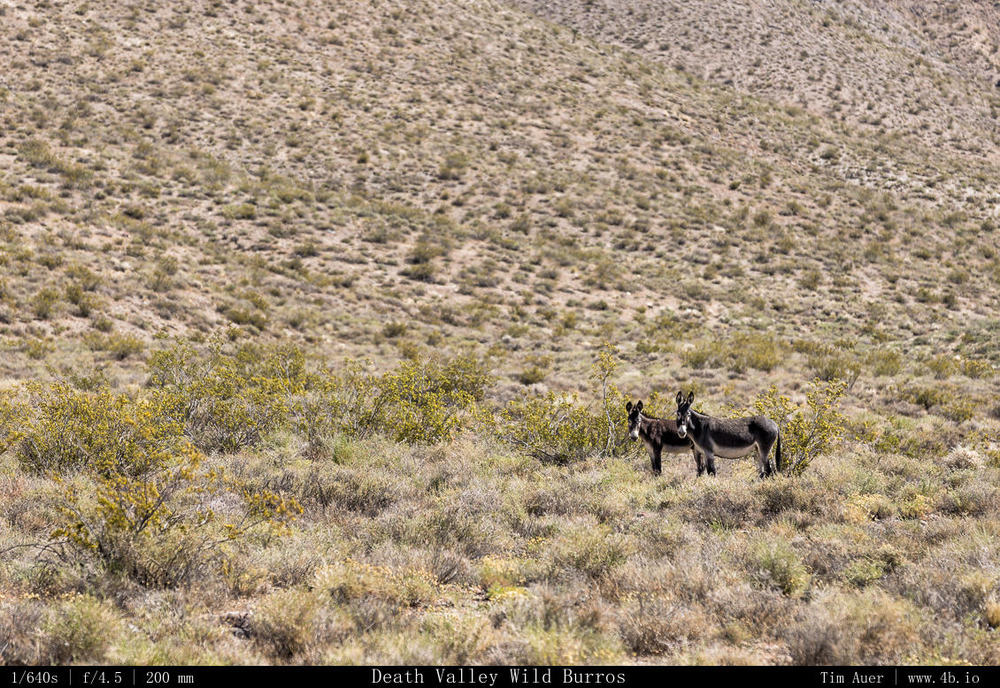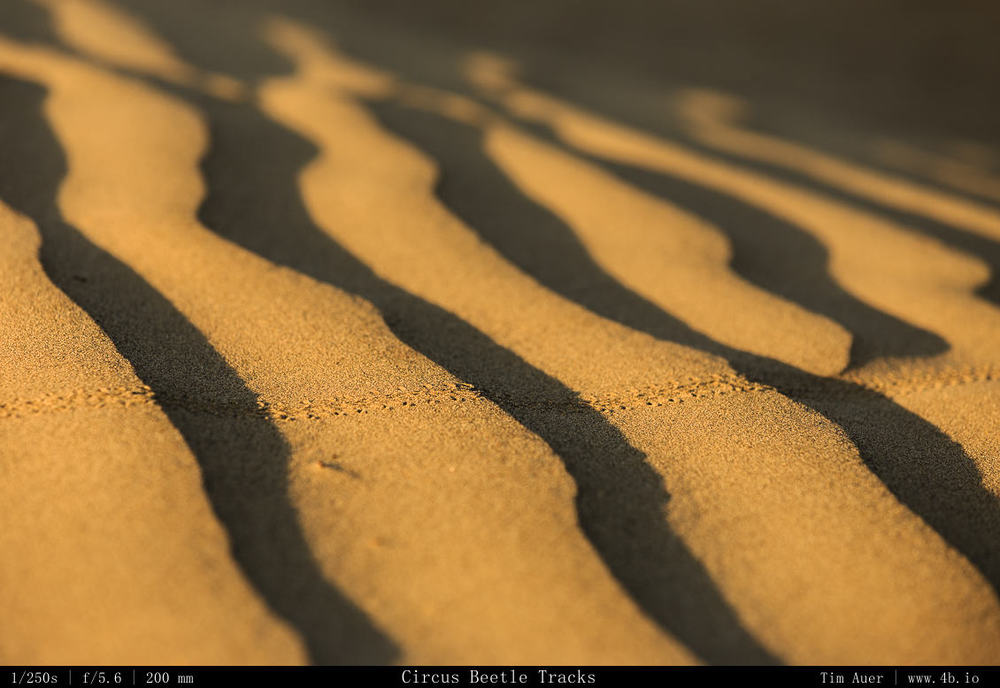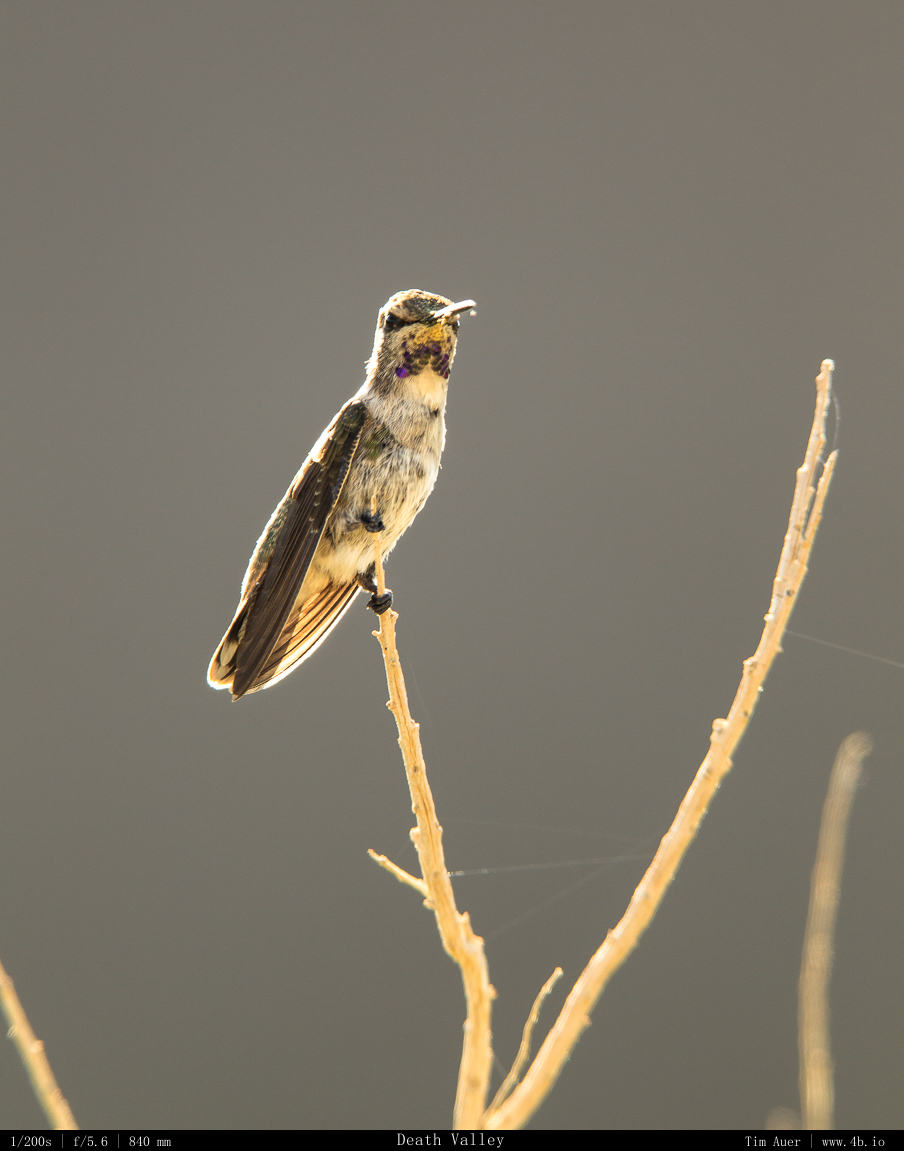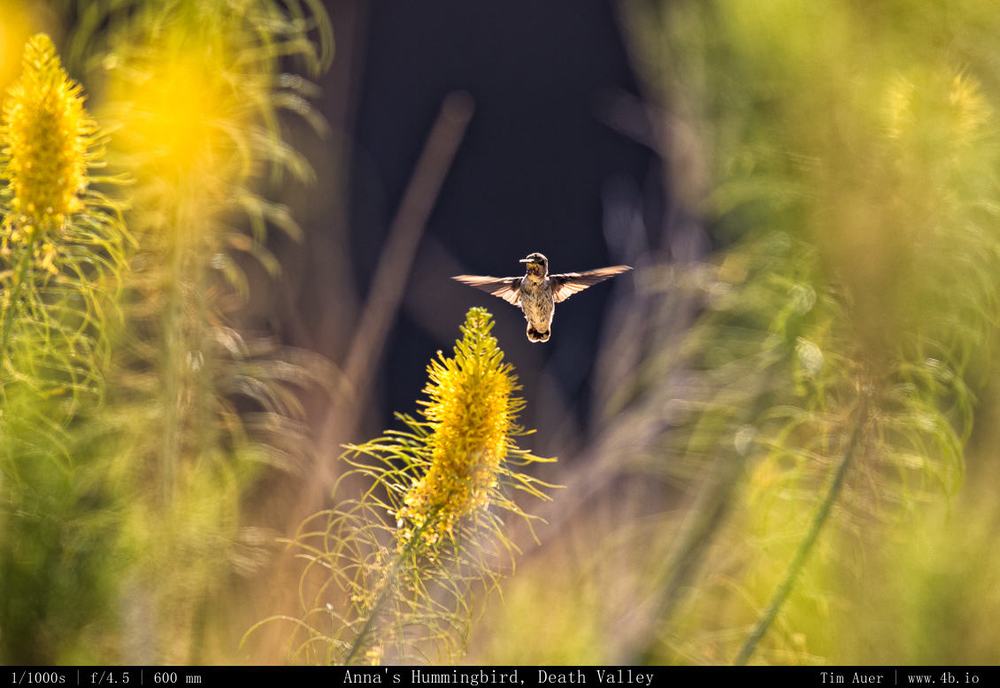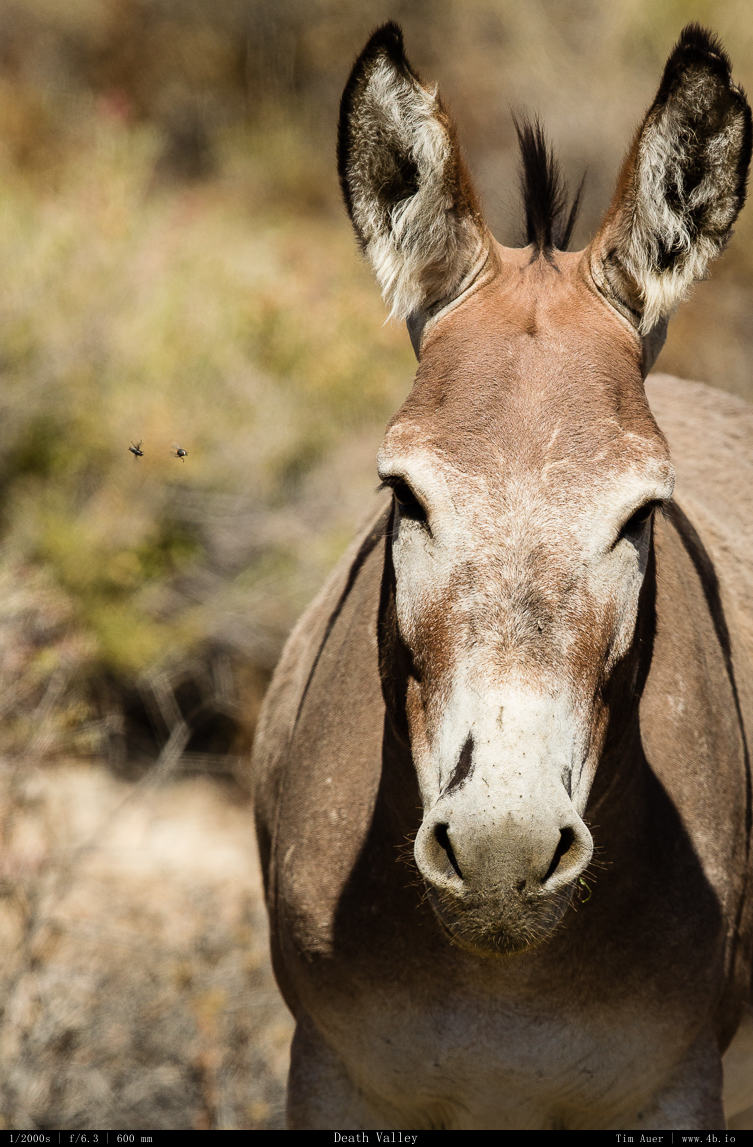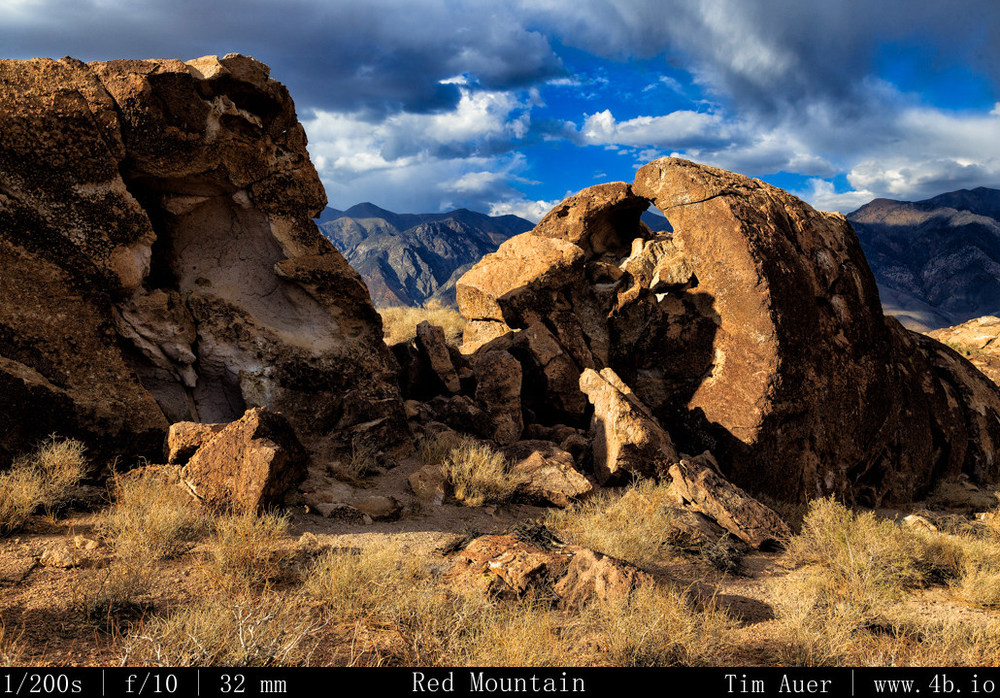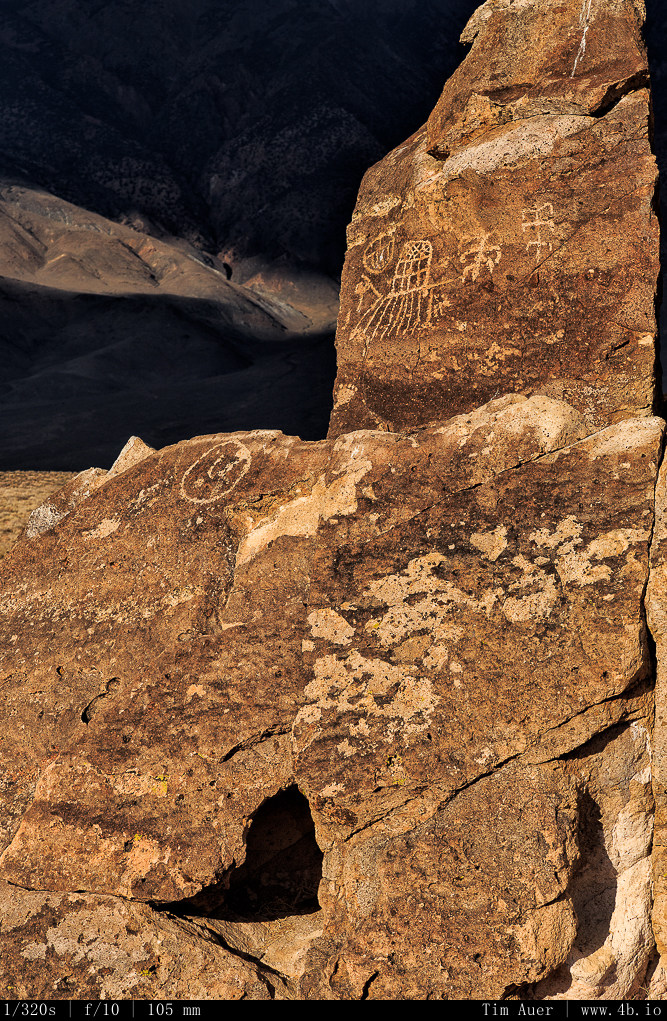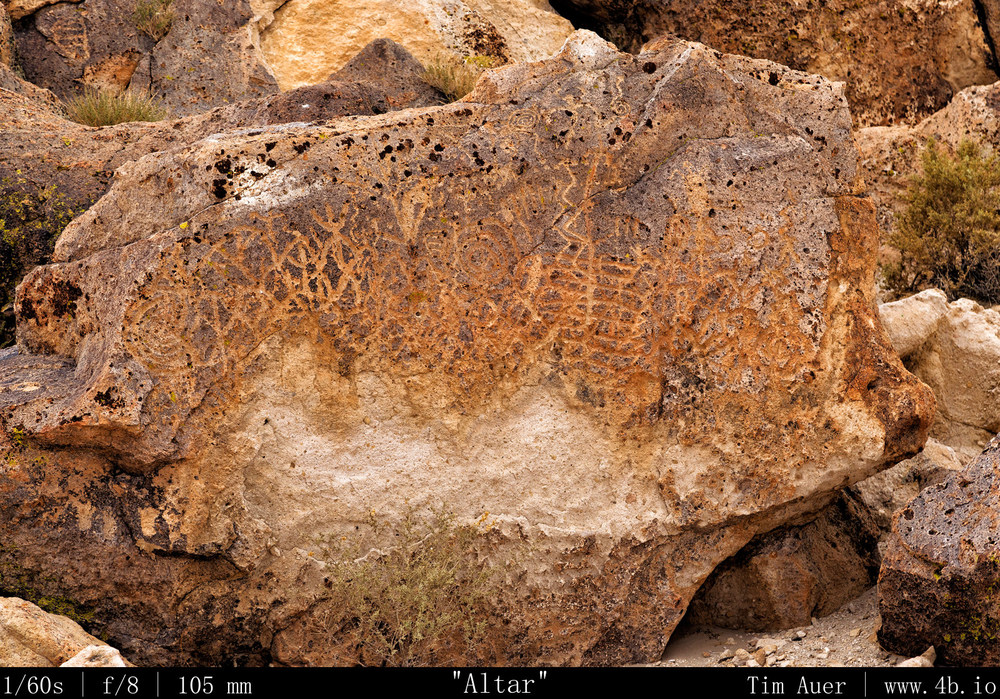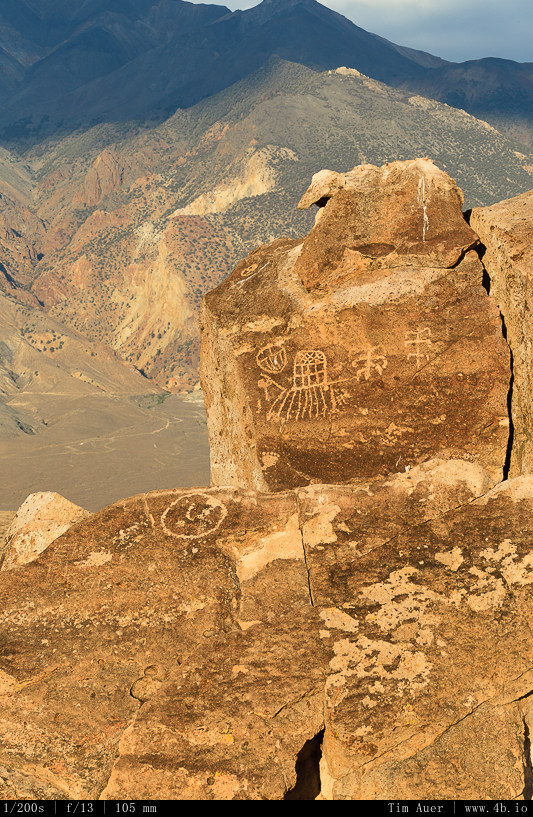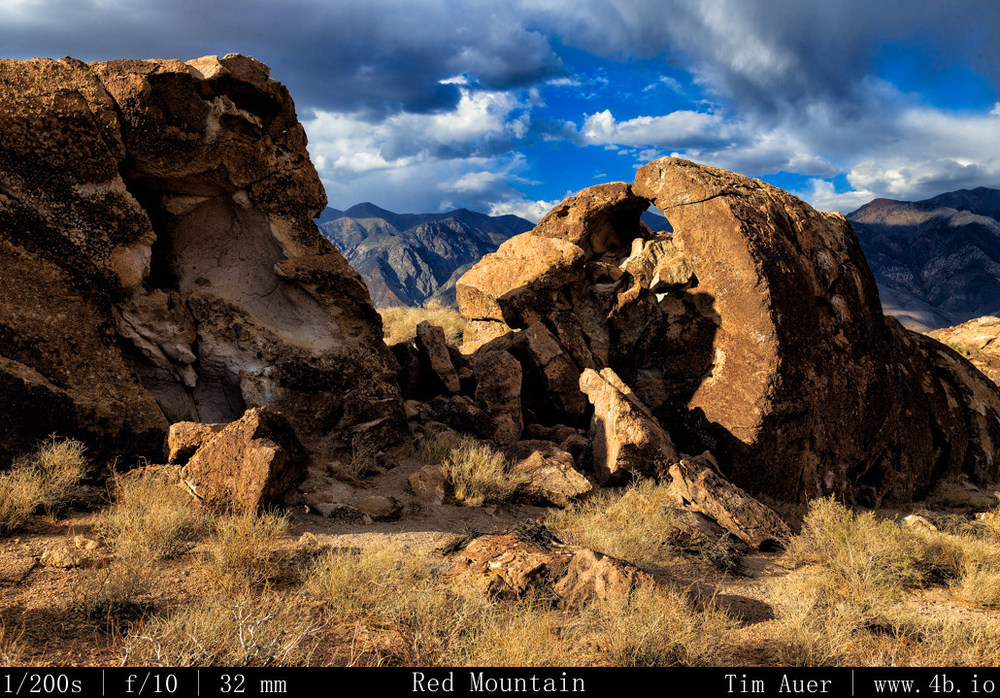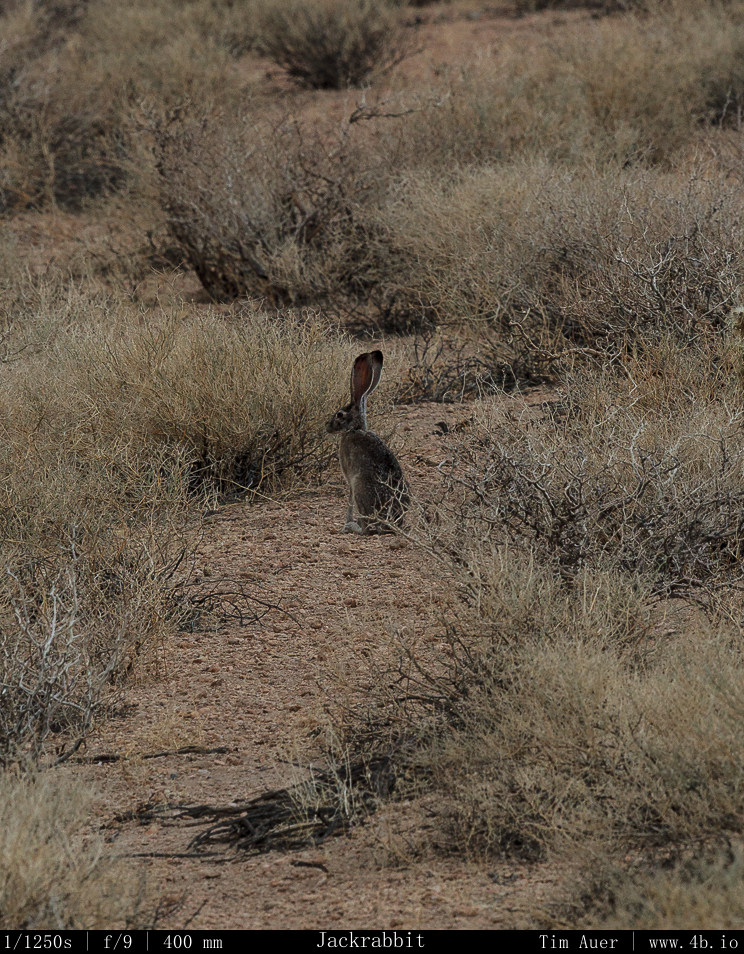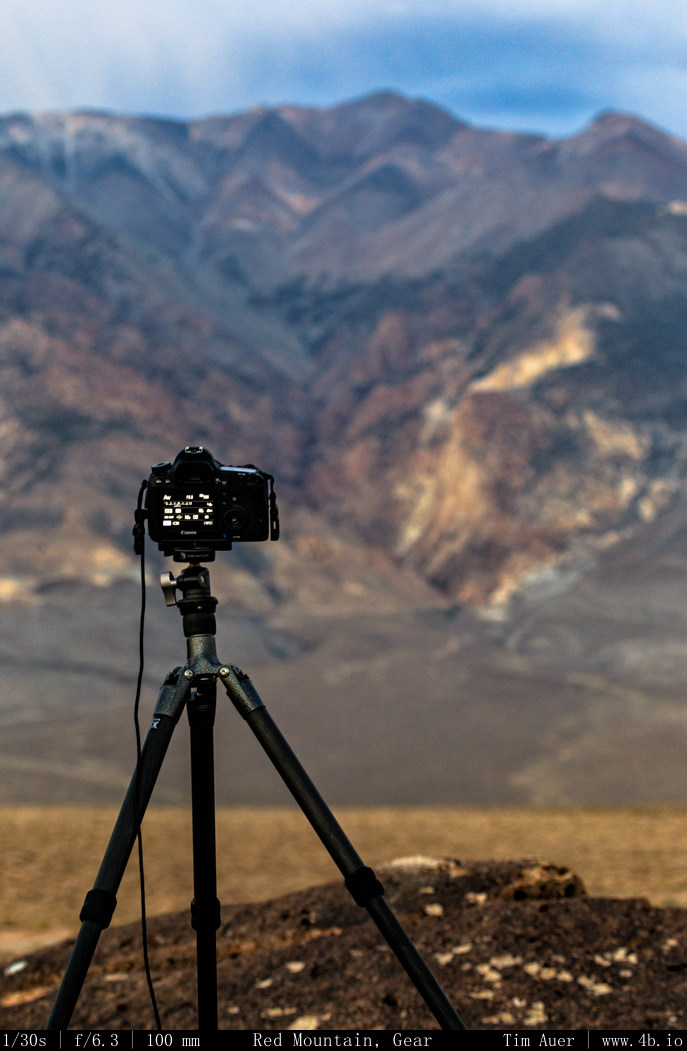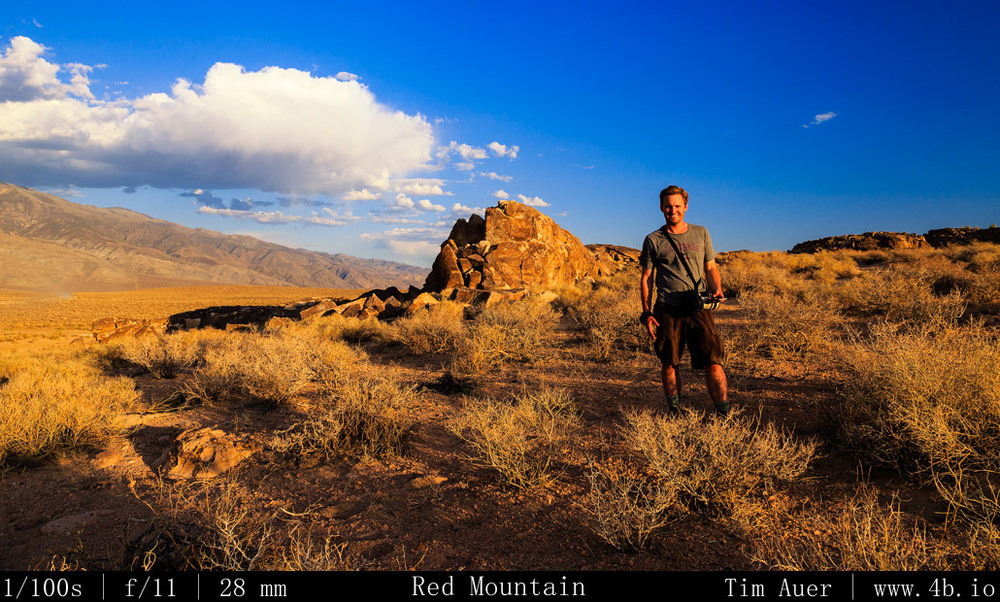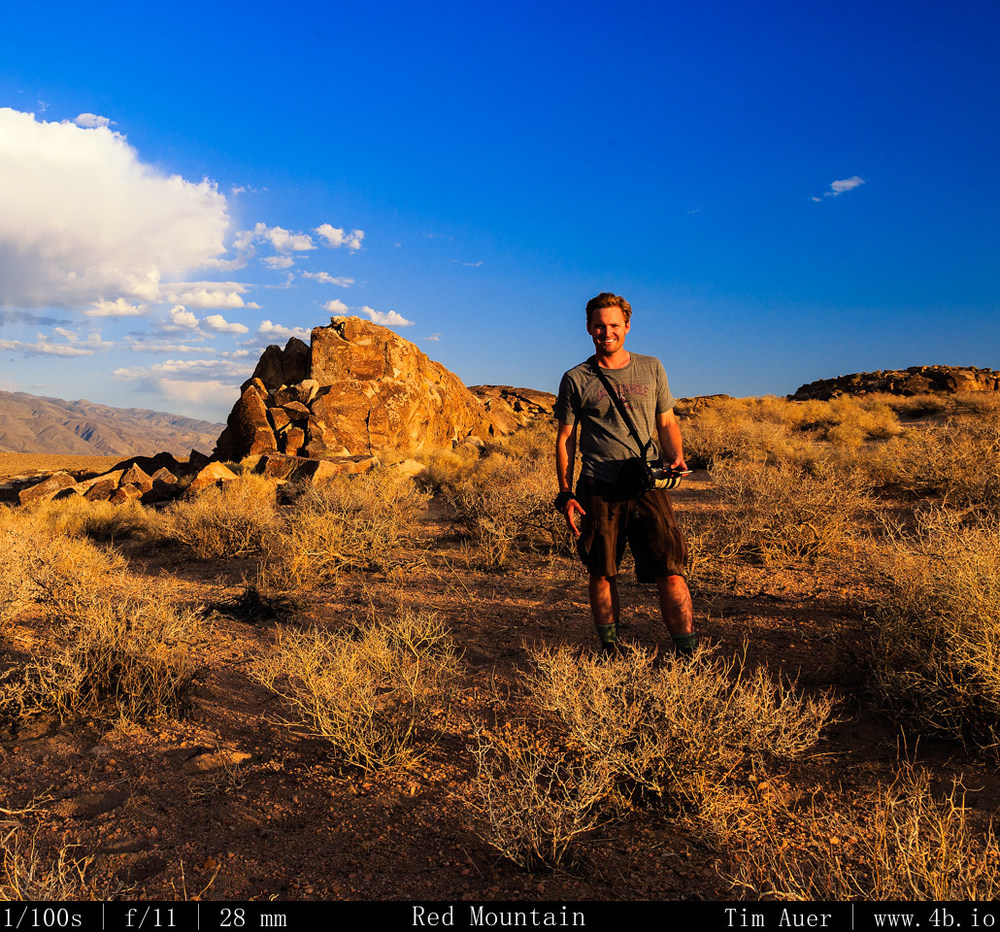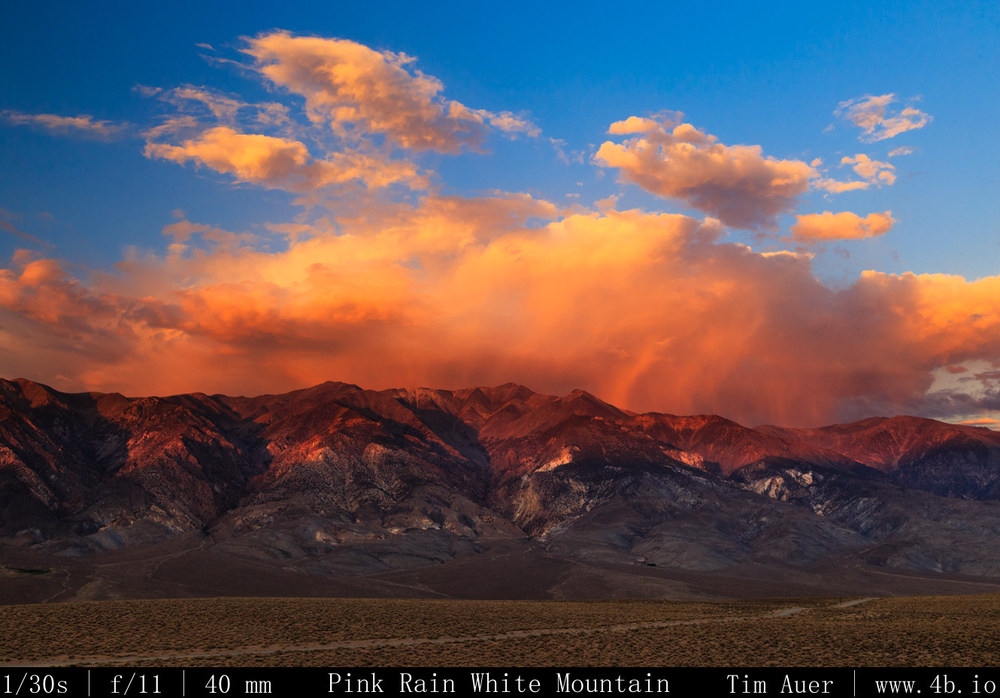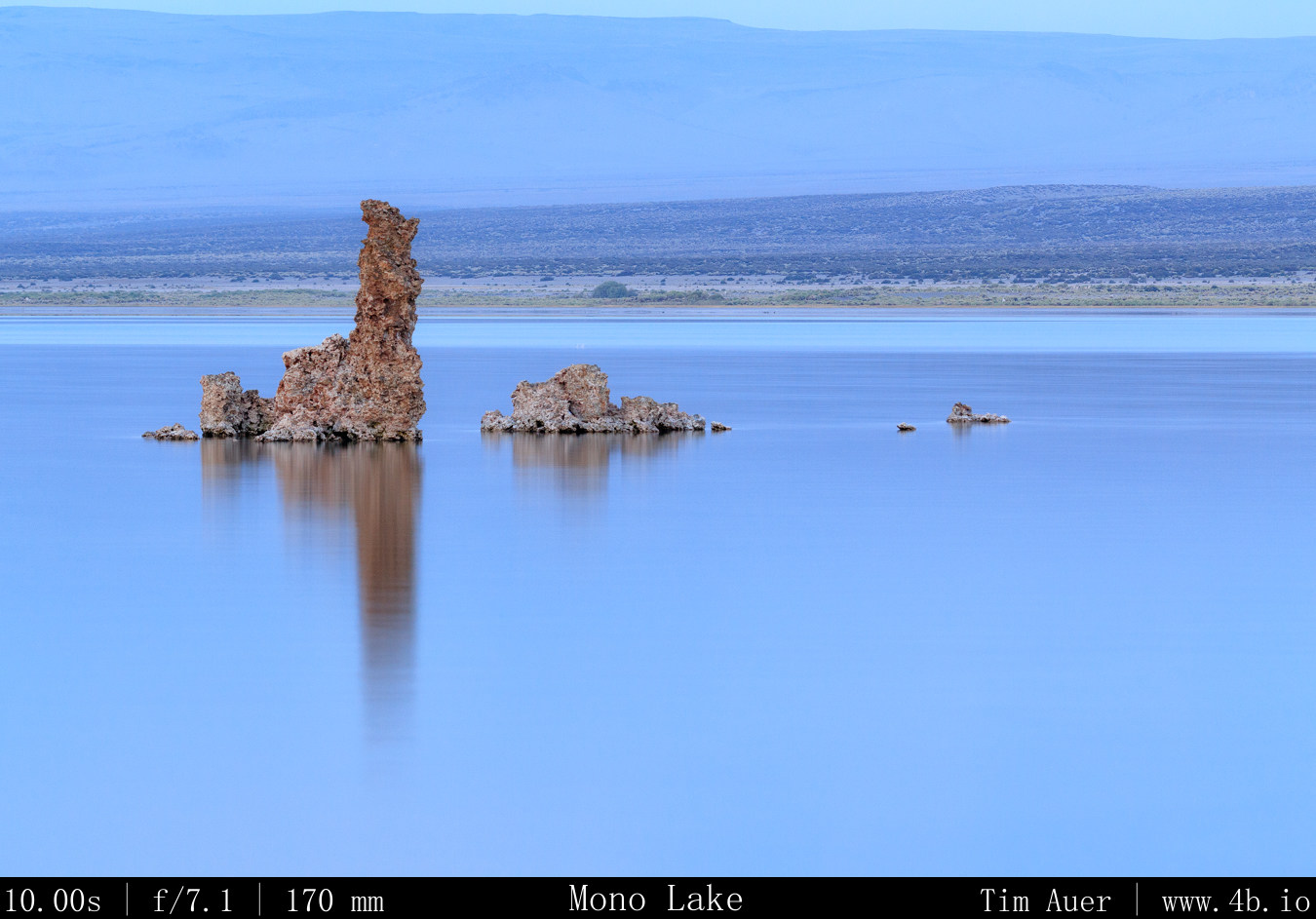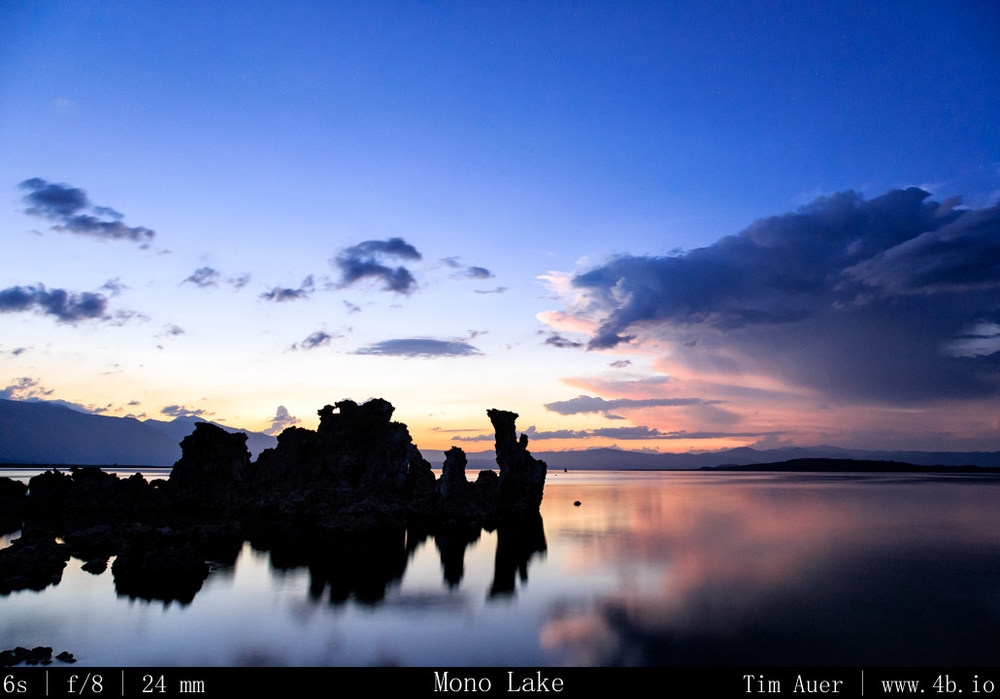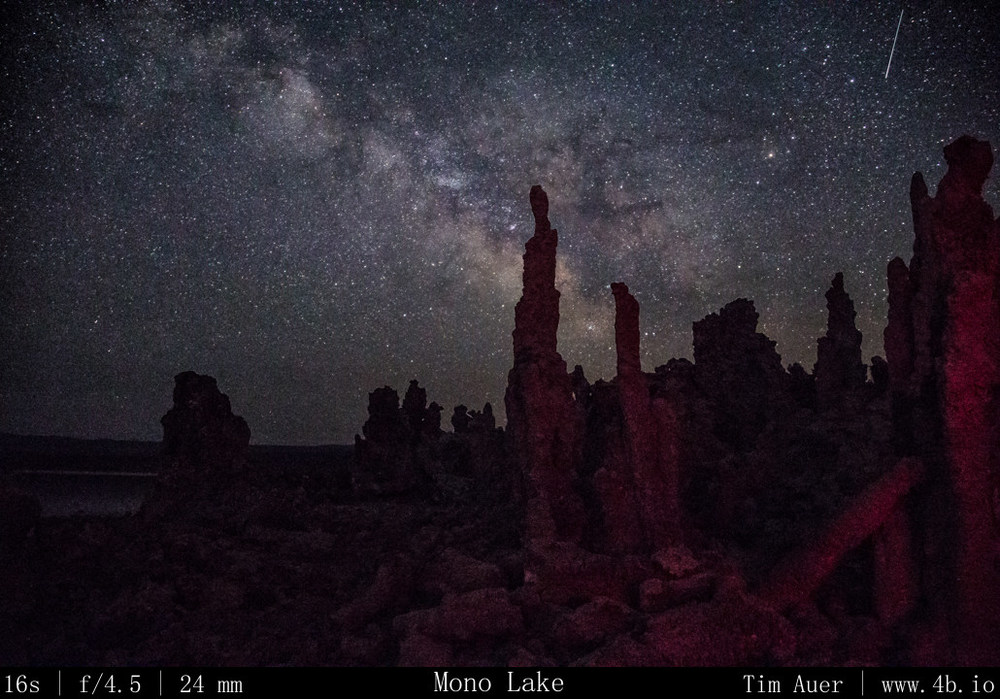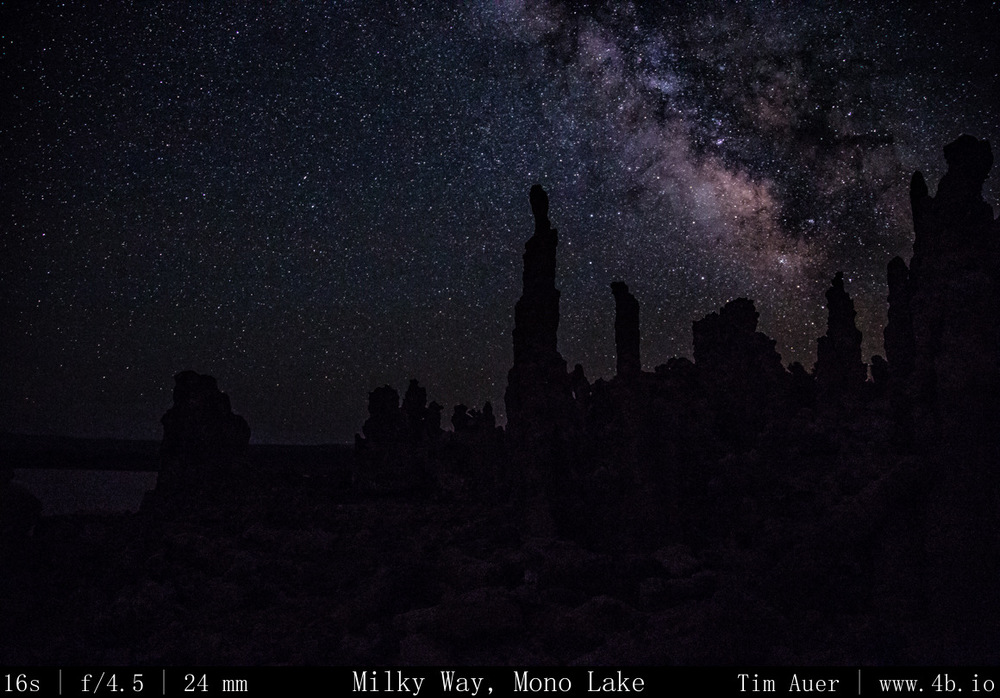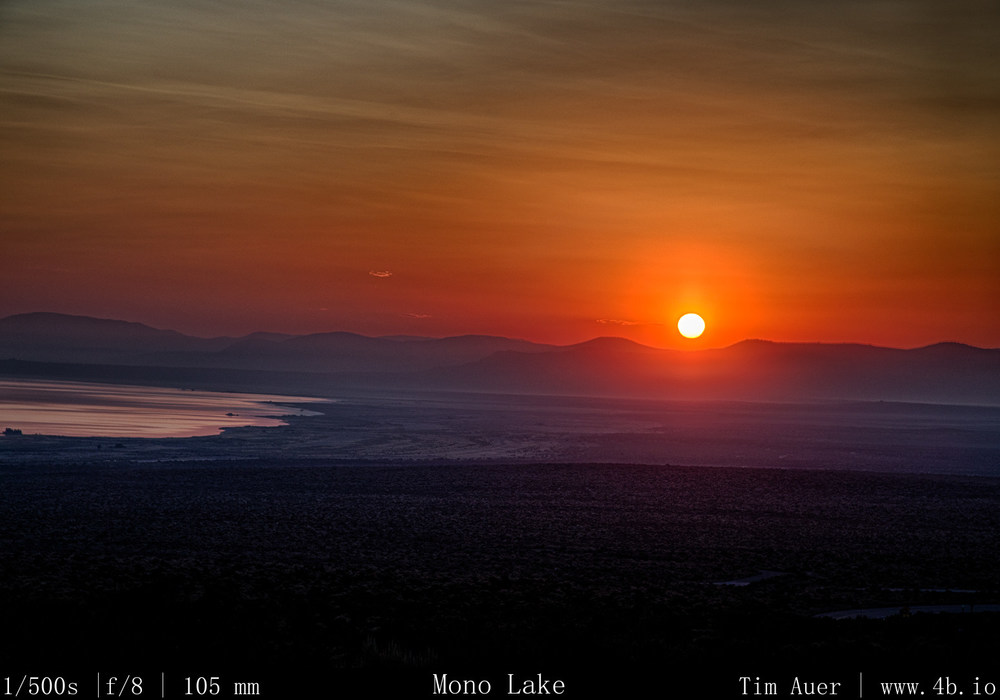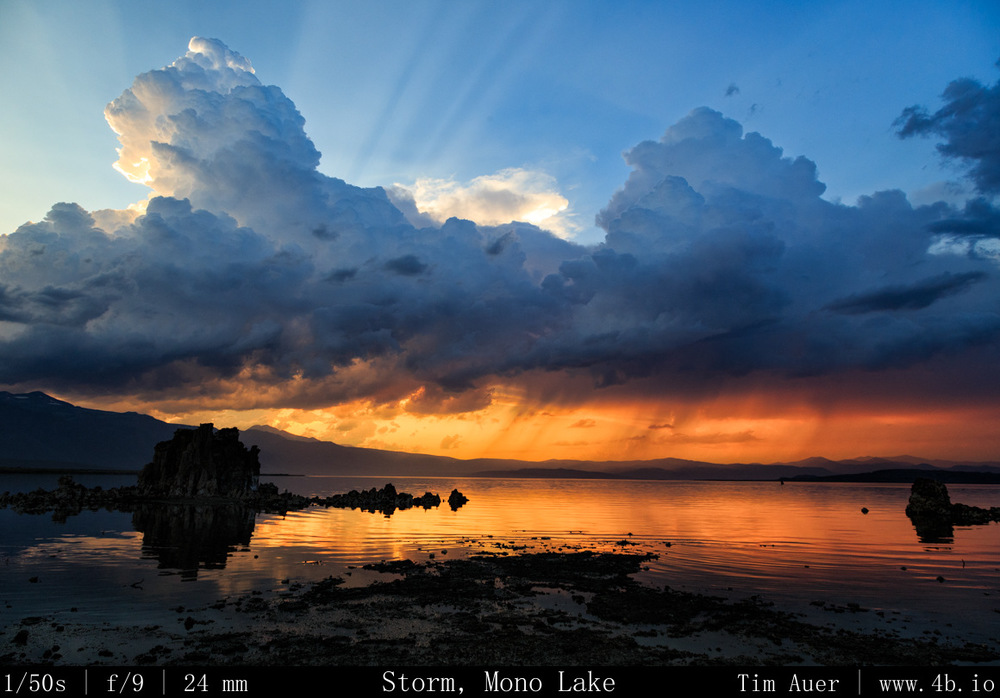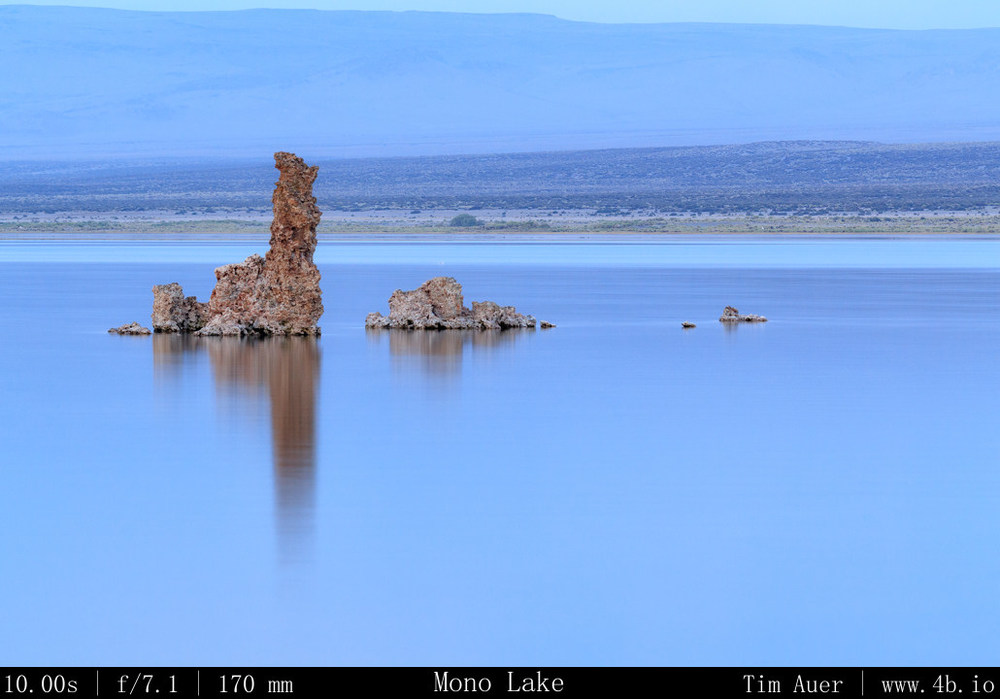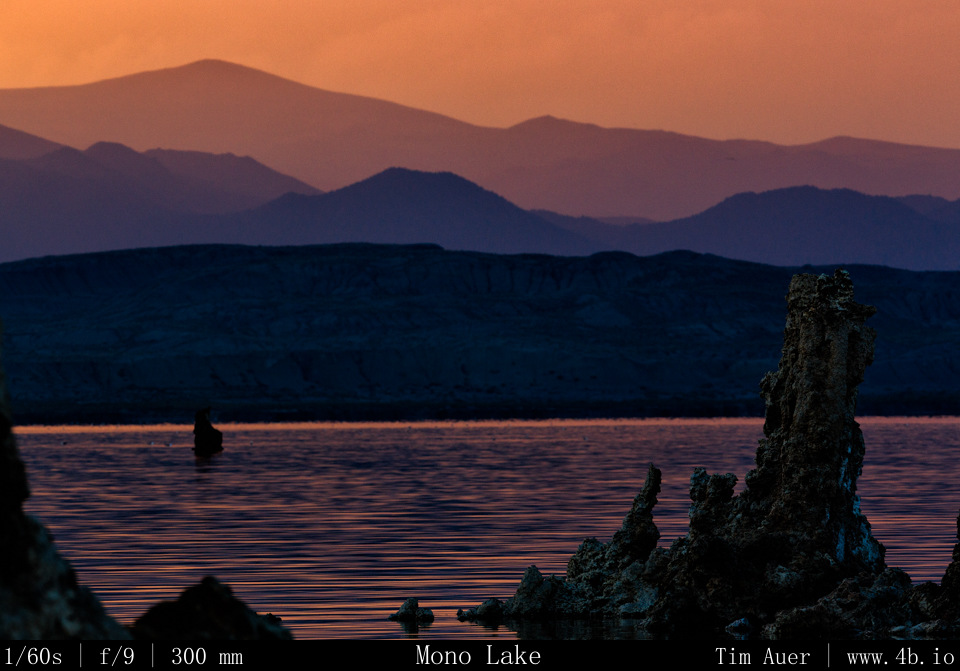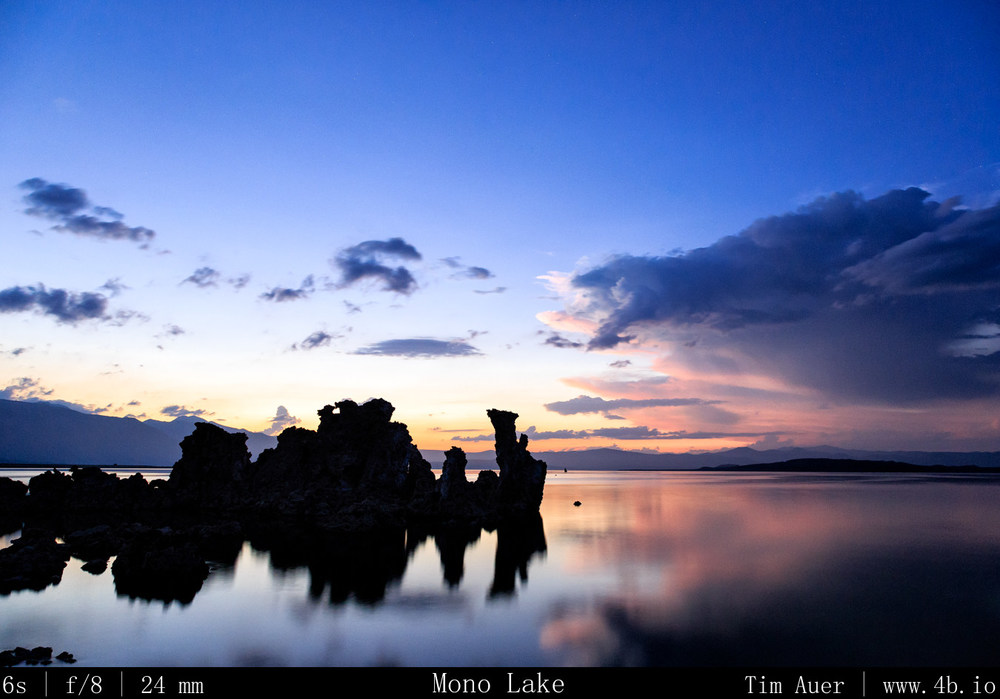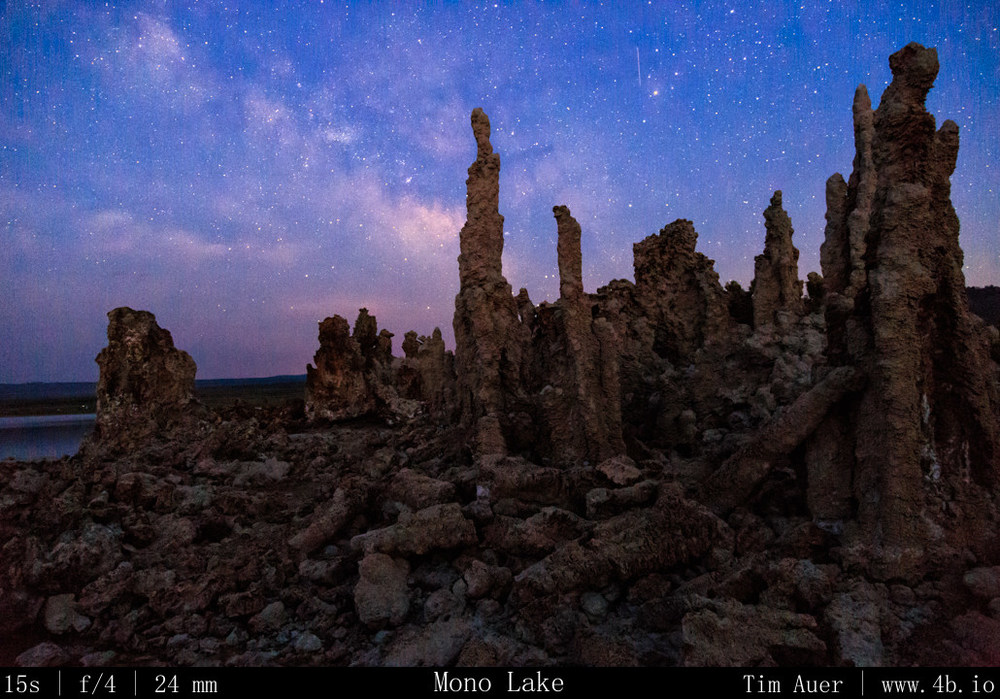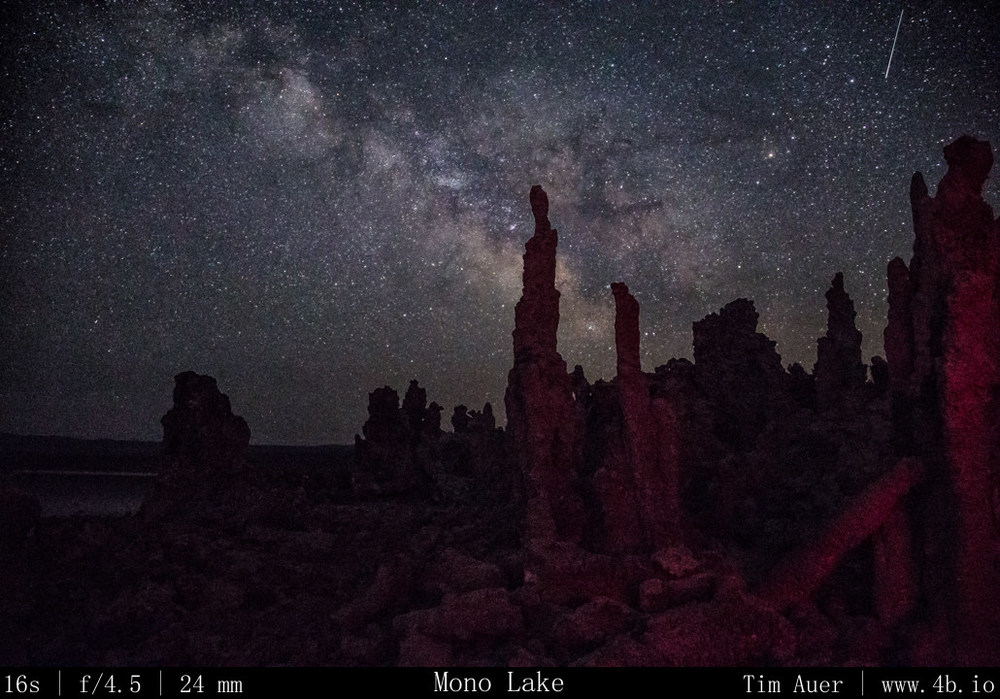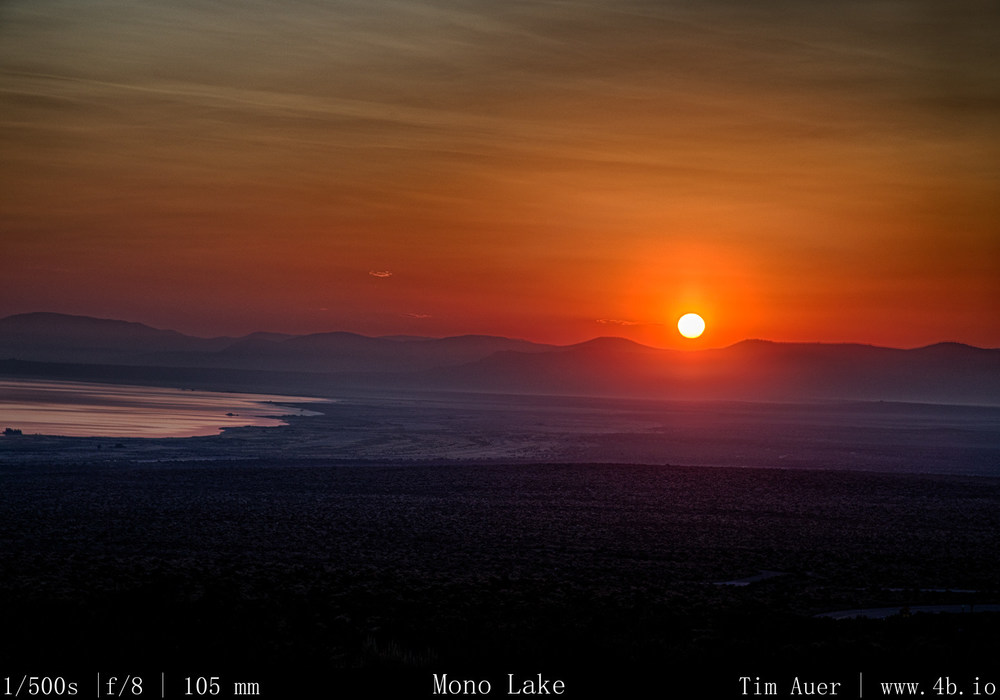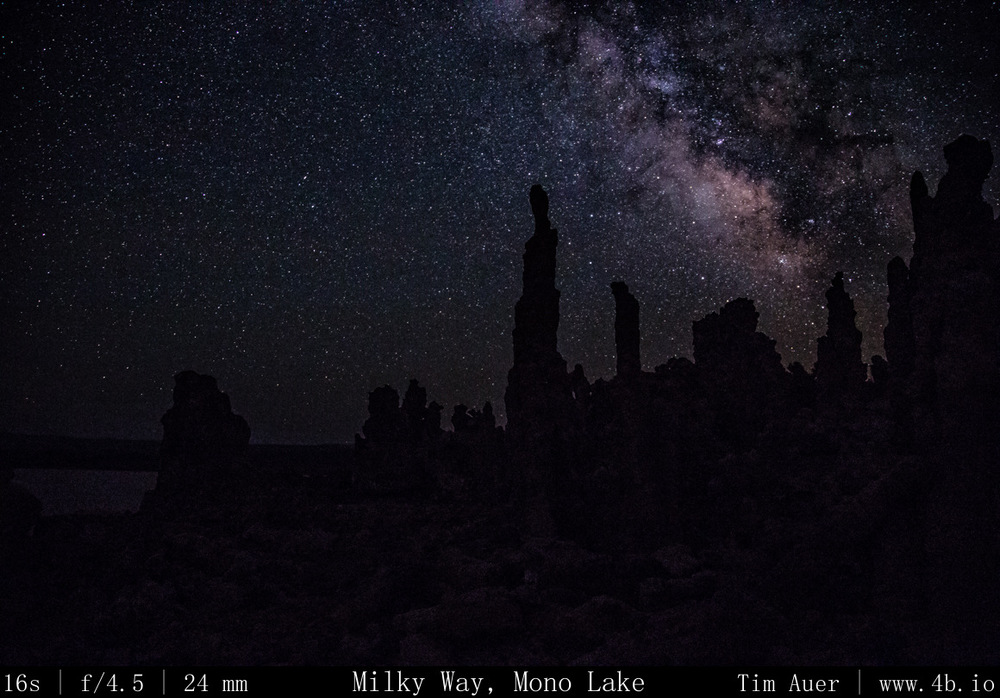This year’s Fourth of July road trip to the Dismal Side of the Sierras will have a more southerly focus than the previous year. The emphasis, like last year, will be on the Milky Way and sunrise. I plan to work with at least 3 sunrises (maybe 4) and will have 3 sunset to utilize. Fortunately there are lots of neat things to see in the Eastern Sierra. The trip should be a productive one, without too much stress or sleep deprivation. The mornings will be early to catch sunrise, but the nights need not be too late because the Milky Way and the moon are both at their most useful positions before midnight. However, it will be important take advantage of the sunrises, as this is the most beautiful time of day in the Eastern Sierras.
Approximate Timing Considerations for the weekend
Sunrise/Sunset
⇑ 05:39,
⇓ 20:13
Twilights:
⇑ C 05:08, N 04:30, A 03:48
⇓ C 20:44, N 21:22, A 22:04
MOON
Setting in approximately due WEST
Thurs
⇑ 11:32
⇓ 23:49
Waxing Crescent 38%
Fri:
⇑ 12:28
⇓ 00:20 (Sat)
First Quarter
Sat:
⇑ 13:25
⇓ 00:54 (Sun)
Waxing Gibbous 58%
Photographic Goals:
1 – Milky Way Landscapes
Near object landscapes with arches, lightpainting
Panoramics with Sierra range possible in twilight
2 – Evening Twilight by moonlight, tree and mountain range
3 – Petroglyphs and Paiute cultural sites
4 – Star Trails – foreground illuminated by twilight, moon
5 – Summer storms building on Eastern front at sunset
6 – Quarter Moon setting
1-Alabama Hills
The best sunrise location in all of California.
Exploring the Hills and looking for Arches and granite formations
Lightpainting the arches.
The sunset potential here is also nice, but Mt. Whitney and the Sierra cut off the light early due to their height.
Twilight is interesting, especially when planning to combine it with astro landscapes.
There is possibility for capturing quarter moon setting in the west with a bit of twilight left.
Should plan to use the moon for milkyway landscapes, as moon shouldn’t interfere much with star visibility.
Comfort Level
Highest. Tent not car. It is legal and free to camp here. Lone Pine is 15 min away. Cell reception is 10 min away.
2 – Death Valley
Highlights: sunrise, wildlife, daytime mostly, daytrips
Heat may limit options here. Although one weekend forecast has highs barely above 90F. But weather.com has a high of 120F at Furnace Creek. I don’t know what these weatherman are thinking. Lets see who wins out….it is July in Death Valley. The real deal.
Wildrose may be downright chilly if Furnace Creek is only 90F.
Look for Chuckwalla and other wildlife at Wildrose.
Possibility to see cultural sights, but need to hunt for them (Ghost Towns, petroglyphs).
Weak Offroad capability of 3er Wagon limits full access to best sights
Comfort Level
Medium. Must sleep in car. Hot night time temps. Food available in few locations with very limited hours.
3 – Volcanic Tablelands
High cultural value. Harsh light makes area worthless photographically, but must still be in Golden Hour, blue hour is too late, and nothing after dark.
Interesting for to see for scouting purposes, even during daytime.
Go beyond the already visited Fish Slough at Red Mountain.
Visit the BLM and Paiute visitor center in Bishop to learn more about the locations.
Comfort Level
Medium. It is a bit of a grey area in terms of legal camping here. The city of Bishop, and its food and hotels, is reasonably close.
4 – Bristlecone Pines
Oldest living organisms in the world, fascinating living drift wood. Stunning in twilight, moonlight, and sunrise/sunset.
May be the best location in the United States for astrophotography. Very dark skies. Light painting is also possible.
Time-lapse, and star trails. The quarter moon will provide a gentle light at twilight for interesting images.
Comfort Level
Minimal. Extremely isolated and extremely high elevation (almost 12,000 feet).
Must sleep in car, or doze under the stars. The closest human building is 100+miles, on the very rough, dirt road on White Mountain.
Expect the temperatures to go below freezing.
Detailed Astronomical Timetable
Thursday (7/3)
SUN:
⇑ 05:39, C 05:08, N 04:30, A 03:48
⇓ 20:14, C 20:45, N 21:22, A 22:04
MOON:
⇑ 11:32
⇓ 23:49
Waxing Crescent 38%
Friday (7/4) – Happy Fourth!
SUN:
⇑ 05:39, C 05:08, N 04:30, A 03:48
⇓ 20:13, C 20:44, N 21:22, A 22:04
MOON:
⇑ 12:28
⇓ 00:20 (Sat)
First Quarter
Saturday(7/5)
SUN:
⇑ 05:40, C 05:09, N 04:31, A 03:49
⇓ 20:13, C 20:44, N 21:22, A 22:04
MOON:
⇑ 13:25
⇓ 00:54 (Sun)
Waxing Gibbous 58%








